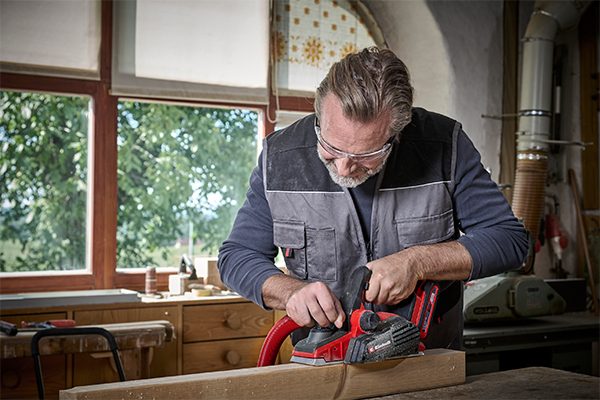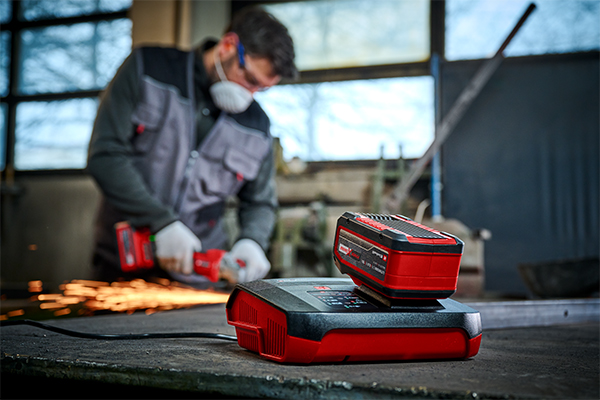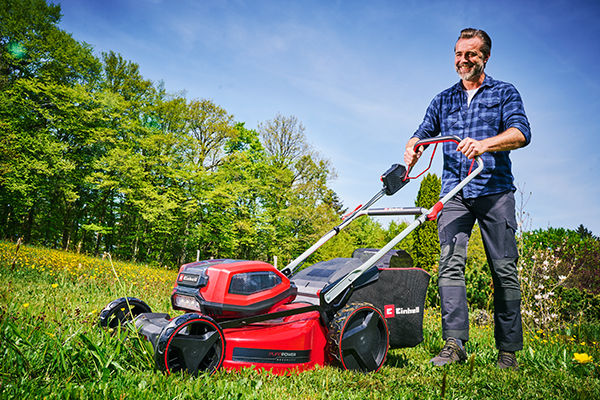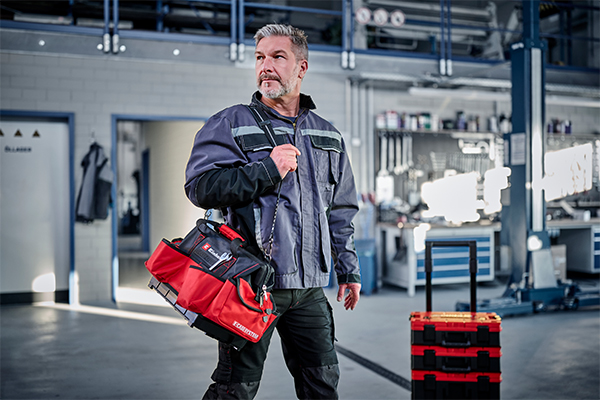Grinding and sanding: We are testing the roughing disc in practice
Surface processing like a pro - with the angle grinder roughing disc, you have the right tool for rough sanding, also known as "roughing". But beware: Unlike the cutting disc, the roughing disc is not intended for cutting. With its resin-bonded abrasive grains, it tackles even the toughest materials like metal.
With the roughing disc and the appropriate angle grinder, you achieve a strong sanding result without much time and effort. In this blog post, we will show you what to consider when working with the roughing disc, how to handle large sanding volumes best, and which discs are most suitable for your work.
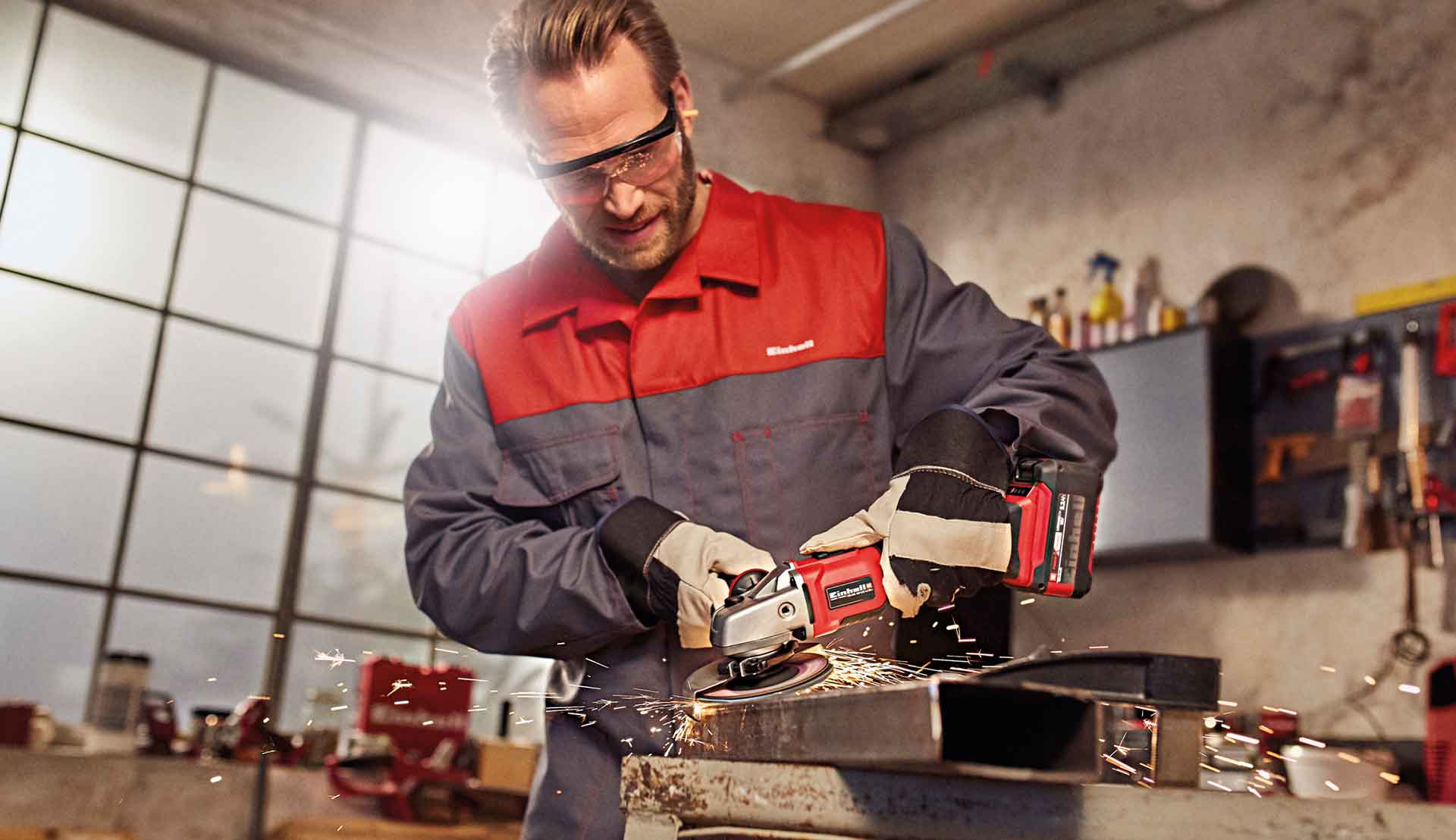
Roughing with the angle grinder: This is how it works!
Working with the grinder is one of the absolute basics for us DIY enthusiasts. Because with the device, sanding and roughing metal becomes child's play.
The resin-bonded roughing disc is one of the specialists for this: With it, you can sand large volumes in the shortest possible time. The coarse grit and high speed of the angle grinder work together to provide fast and highly efficient roughing of metal. Ideal for giving your workpiece important contours and shaping it into a finished form with high material removal rates in a short time.
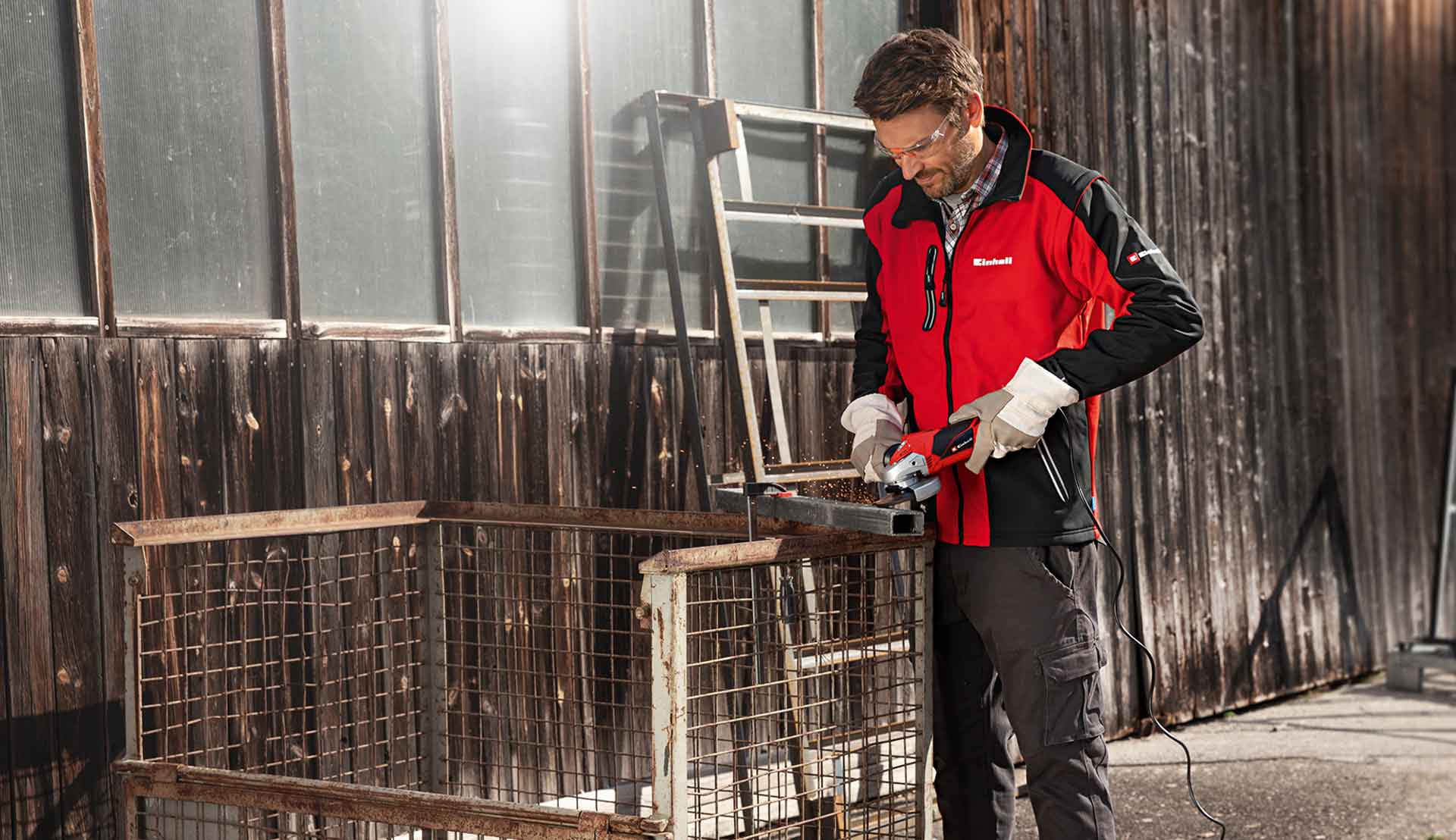
The term "roughing" refers to the removal of material with a particularly large chip volume. Roughing itself is only a part of the actual work, as it usually produces very rough and jagged surfaces without great dimensional accuracy. More on that later!
This is what a good roughing disc looks like.
A good roughing disc is characterized by two main features: It must be particularly thick and have a particularly coarse grit. The thickness ensures a long service life and maximum stability. The coarse resin-bonded abrasive grains, on the other hand, create a high grinding depth in the metal - and ultimately the high sanding volume that one expects from a roughing disc.
When buying a roughing disc, you should also pay attention to the manufacturing date or expiration date, which is always specified. The abrasive grains are subject to an aging process. After about three years, the disc's performance may deteriorate. Also, never use a roughing disc as a cutting disc - or vice versa. The cutting disc is completely different in construction. Therefore, the use is not only inefficient but can also be dangerous.
Tip: The coarse grit of the roughing disc provides for a fast and particularly efficient rough grinding of hard materials.
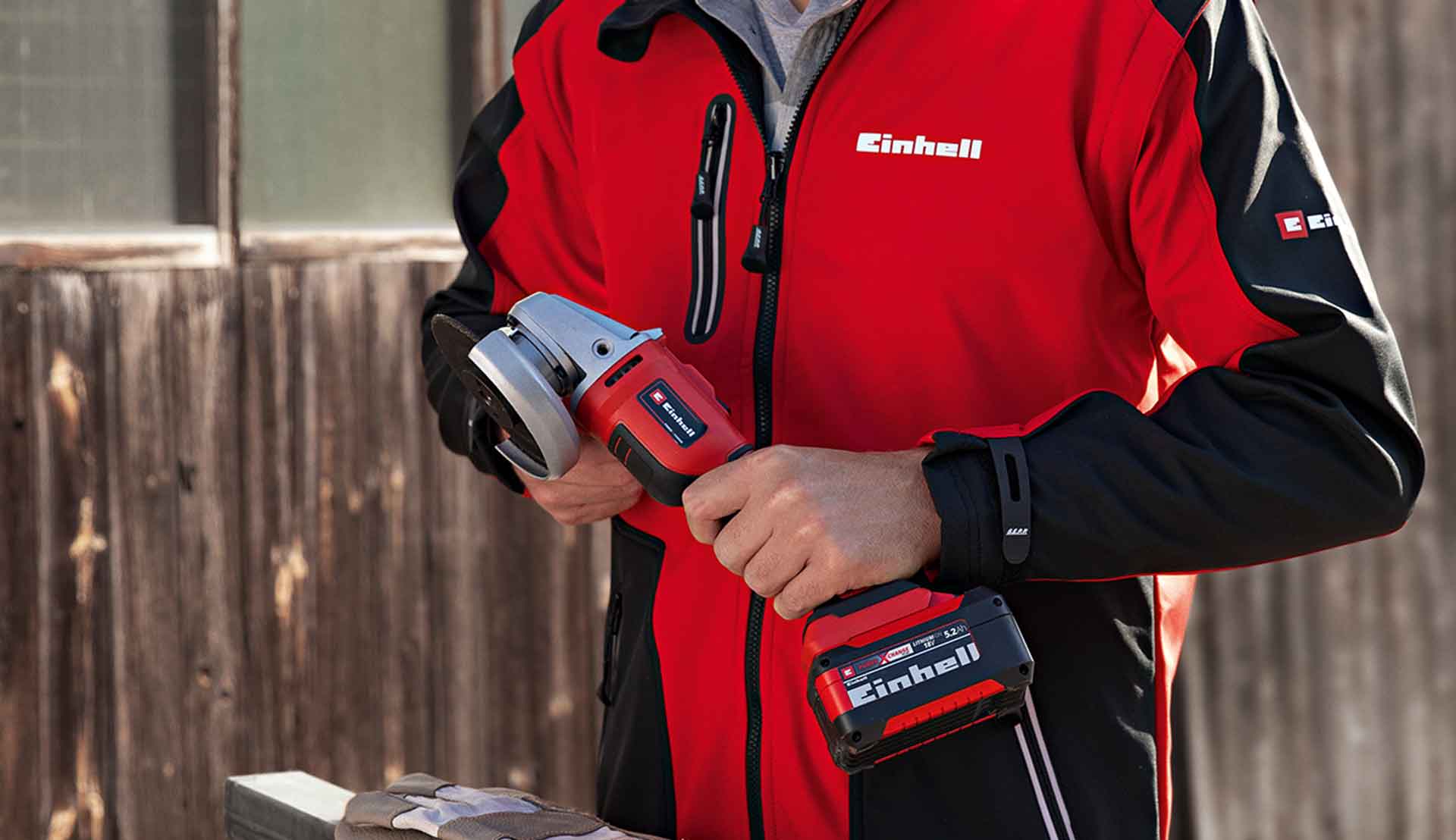
The appropriate angle grinder roughing disc for your material
Grinding discs are mainly used for processing particularly hard materials - and this in different diameters. In steel or metal construction, locksmiths or in the construction sector, these tools are part of the standard equipment.
To efficiently process a high volume of material, choosing the right type of Schruppscheibe and diameter for your material is crucial. The abrasive grain and bonding of the disc are specifically designed for each type of material such as steel, stainless steel, bronze, titanium, brass, or aluminum. If you are working mainly with a specific type of material, it is important to select the appropriate disc. However, if you need to work with multiple materials, it is recommended to choose a universal disc for greater flexibility and cost-effectiveness while still achieving good grinding results.
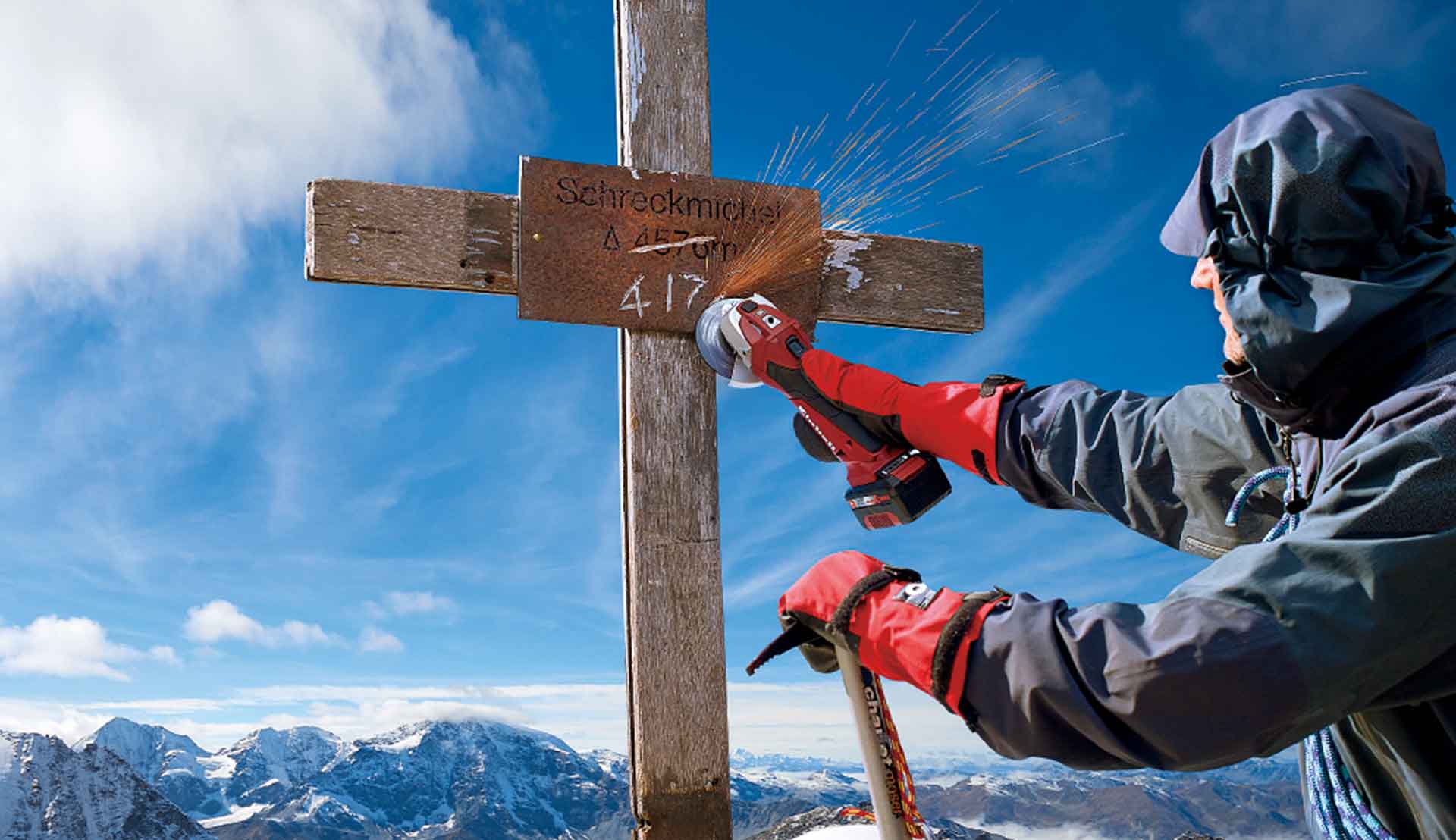
After roughing comes grinding
As already mentioned, working with the grinding wheel is always just one step on the way to the finished workpiece. Since the resin-bonded abrasive grains produce a rough and coarse result, post-processing is necessary here.
For the final contour of your workpiece, you should plan enough time for finishing after using the roughing disc. For the fine grinding, we also recommend the high-performance angle grinders from Einhell. Simply equip them with grinding discs of finer grit. This way, you can polish your workpiece step by step and spark by spark to a high gloss!
Safely grinding: Things to consider when working
During grinding, there are high forces and temperatures involved, and sparks can fly in large amounts. To ensure that you can work safely, we recommend that you follow some important safety standards:
- Use only tested and certified grinding discs from brand manufacturers. Discs of poorer quality can break during grinding and pose an enormous risk of injury.
- Always pay attention to the manufacturing or expiration date of the grinding wheel. Never compensate for a decreasing grinding performance by applying more pressure on the wheel!
- When grinding, always use suitable safety equipment, including safety goggles to protect your eyes from sparks, and sturdy, heat-resistant gloves and clothing.
- Make sure your workpiece is firmly and securely fixed before using the angle grinder.
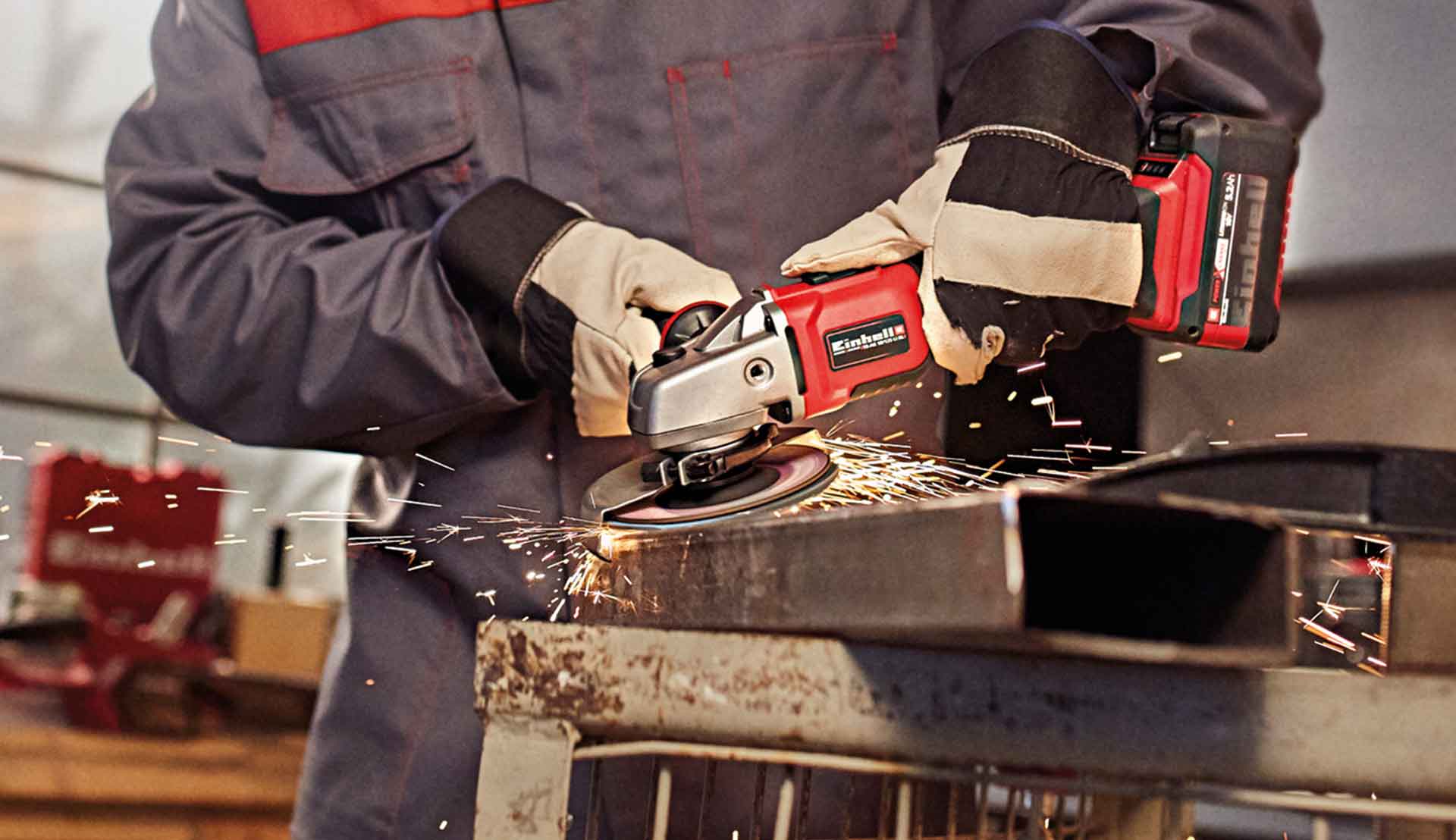
Conclusion: With high grinding volume, you can become an Enabler in a short processing time!
Whether it's for removing weld seams, rough contouring of workpieces, or removing large volumes of material, a resin-bonded grinding wheel, paired with a high-quality Einhell angle grinder, is one of the most powerful and essential tools in the processing of metal and other materials.
Which angle grinder flap discs can you recommend? Simply share this post and tell us your tips on flap grinding!

